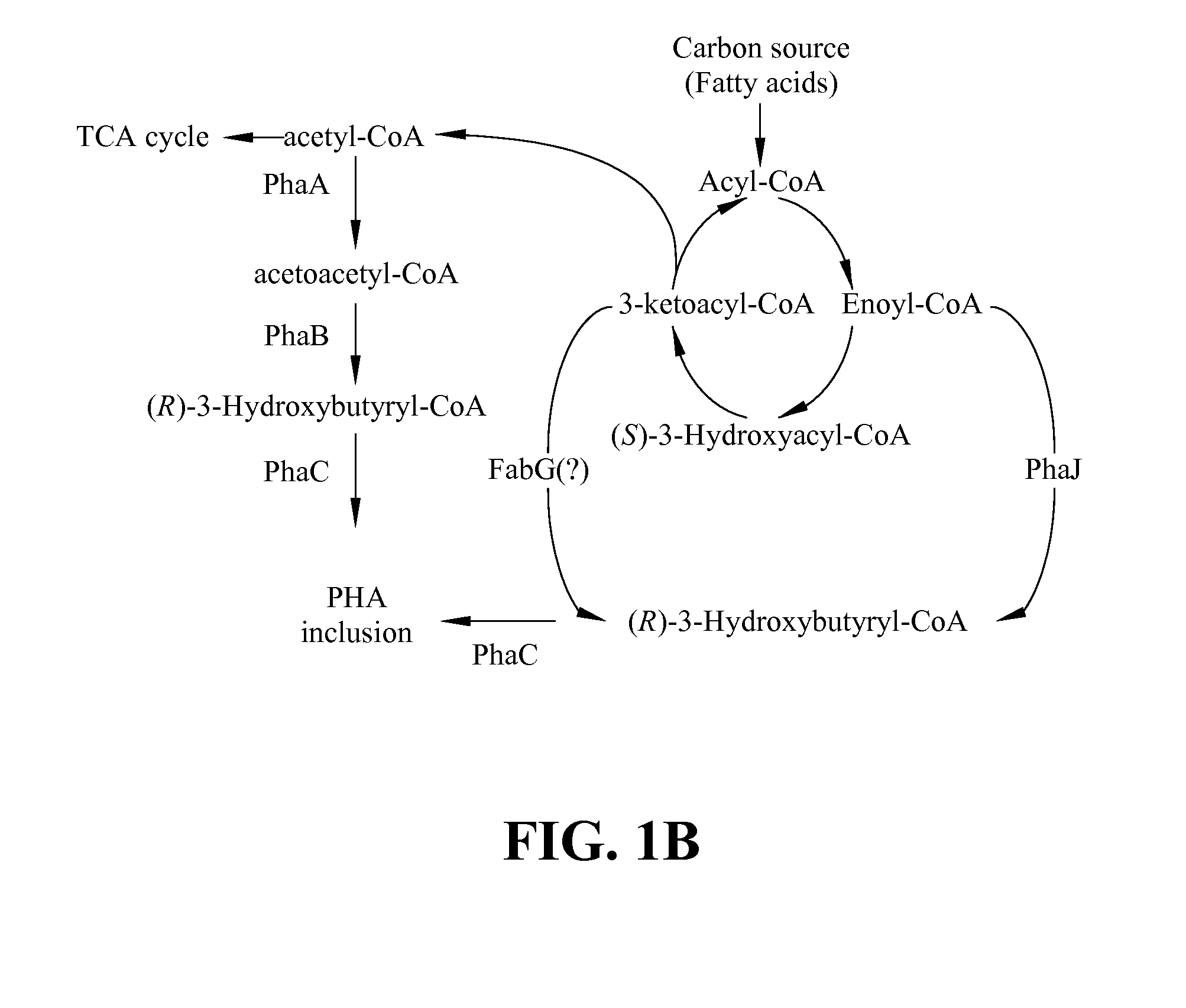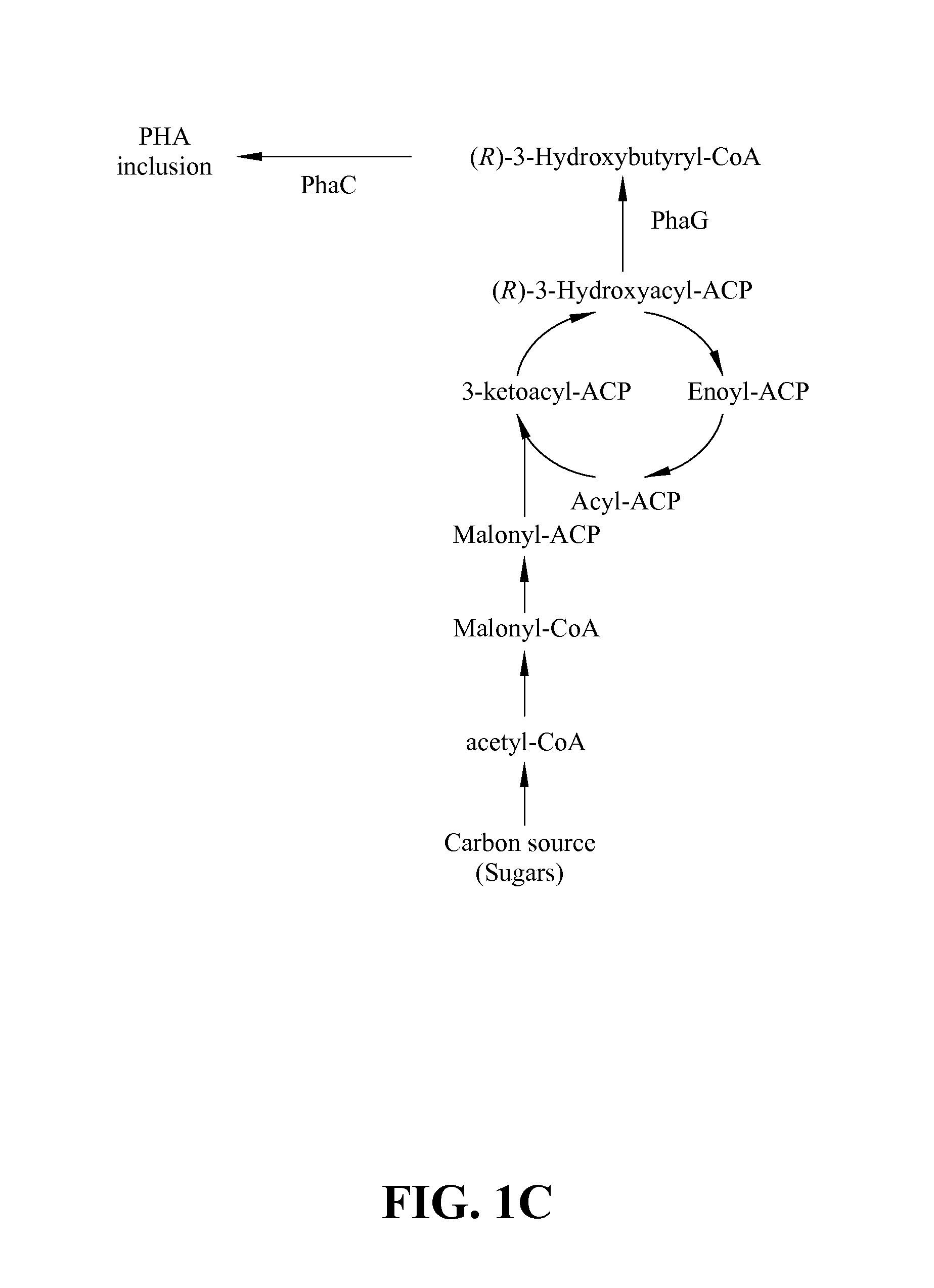Method for production of high purity polyhydroxyalkanonate (PHAs)
a polyhydroxyalkanonate, high-purity technology, applied in the direction of fermentation, organic chemistry, etc., can solve the problems of increasing the risk of secondary pollution, increasing the risk of environmental pollution, and increasing the cost of pha production starting materials
- Summary
- Abstract
- Description
- Claims
- Application Information
AI Technical Summary
Benefits of technology
Problems solved by technology
Method used
Image
Examples
example
Different PHAs Produced by Bacillus sp. with Various Carbon Sources and the Analysis of PHAs
[0048]Bacteria synthesize PHAs in various structures and compositions when supplemented with different carbon sources through different metabolic pathways. The known PHAs synthetic pathways of Bacillus sp. are based on PHB and PHV produced through glycolysis. The present invention attempts to synthesize PHAs in various forms such as PHB, PHB-co-PHV, and PHV through different carbon sources for Bacillus sp. The PHAs were extracted from bacteria with the chloroform-sodium hypochlorite extraction method after cultivation. This is followed by gas chromatographic (GC) analysis to assay the composition of PHAs accumulated in bacteria.
Cultivation of Bacteria
[0049]The culture medium is based on M9 medium (5× minimal salt medium: 33.9 g / L NaHPO4, 15 g / L KH2PO4, 2.5 g / L NaCl, 5 g / L NH4Cl) with 4% of different carbon sources including glucose, succinate, sucrose, glycerol and organic acids such as decan...
PUM
| Property | Measurement | Unit |
|---|---|---|
| temperature | aaaaa | aaaaa |
| retention time | aaaaa | aaaaa |
| retention time | aaaaa | aaaaa |
Abstract
Description
Claims
Application Information
 Login to View More
Login to View More - R&D
- Intellectual Property
- Life Sciences
- Materials
- Tech Scout
- Unparalleled Data Quality
- Higher Quality Content
- 60% Fewer Hallucinations
Browse by: Latest US Patents, China's latest patents, Technical Efficacy Thesaurus, Application Domain, Technology Topic, Popular Technical Reports.
© 2025 PatSnap. All rights reserved.Legal|Privacy policy|Modern Slavery Act Transparency Statement|Sitemap|About US| Contact US: help@patsnap.com



